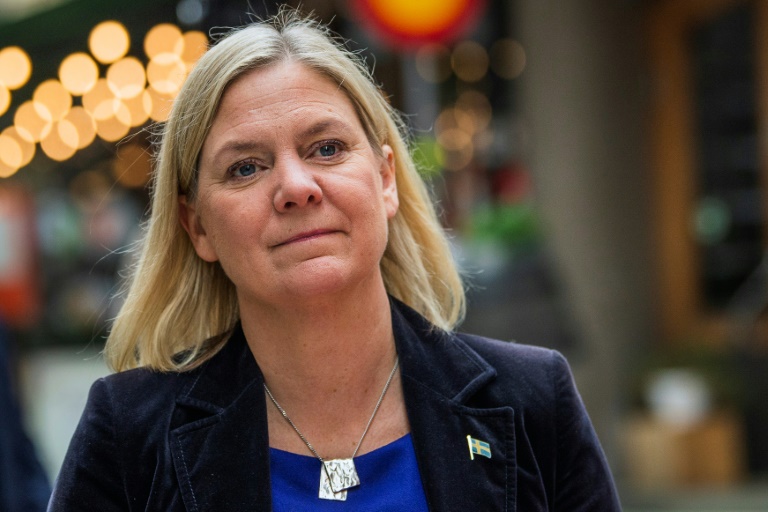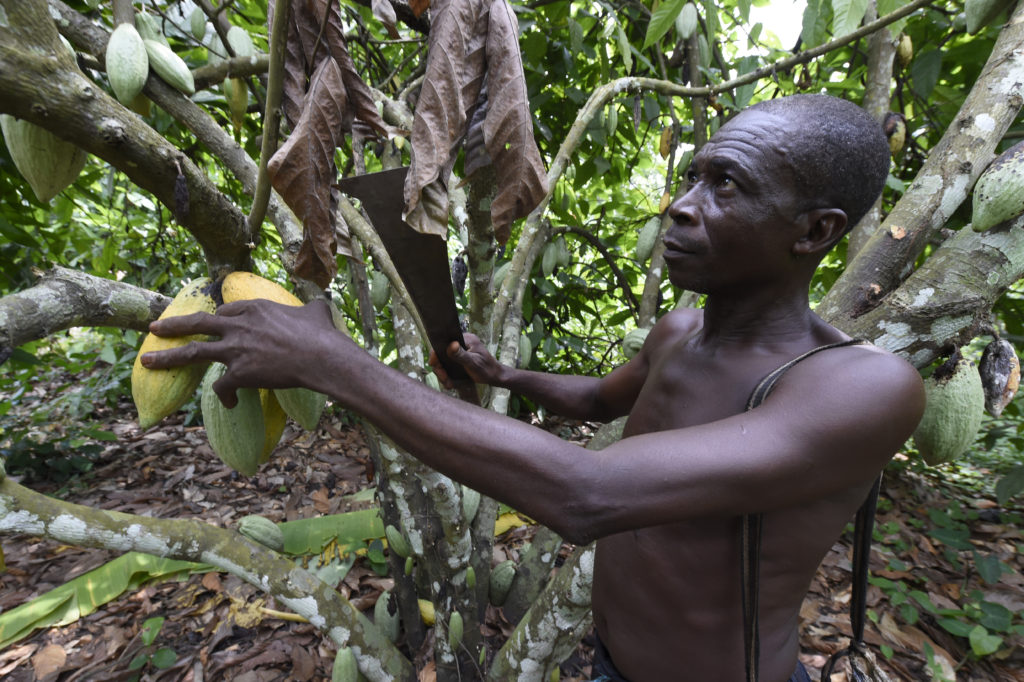Social Democrat Magdalena Andersson, the first woman elected Sweden’s prime minister, is a “bulldozer” who faces a tough battle fending off an unprecedented challenge by the right-wing and far-right in next year’s general election.
The 54-year-old current finance minister and former elite swimmer succeeds Prime Minister Stefan Lofven just 10 months before legislative elections scheduled for September 2022.
With her straight blond hair and no-nonsense attitude, Andersson describes herself as a “nice, hard-working woman” who likes to be in charge.
In political circles, she has built a reputation for being direct and blunt, a quality that rubs some the wrong way in a country where consensus is the law of the land.
A recent programme profiling her on public television channel SVT was entitled “The Bulldozer”.
“People even say they are scared of her which is kind of funny, these elite political scientists or professors of economics saying they are afraid of her,” said Anders Lindberg, political editor at daily Aftonbladet, which describes itself as independent social democratic.
Considered extremely competent in her role as finance minister for seven years, Andersson is known for her slogan “Sweden can do better”.
She made a name for herself in Brussels for defending fiscal restraint when the Scandinavian country joined Austria, Denmark and the Netherlands as the “frugal four” who counselled a more restrained European Covid-19 recovery plan.
Andersson has since January chaired the main advisory body of the International Monetary Fund (IMF).
“She has a little bit of an Angela Merkel way of arguing.
It’s not completely clear what she wants to say all the time, but (she) ends up winning the argument because no-one else can really answer because she masters all the details,” says Lindberg.
– ‘Done the groundwork’ –
The fact that Sweden, long a champion of gender equality, has had to wait until 2021 to have its first woman prime minister — 100 years after Swedish women were first allowed to vote — seems almost anachronistic.
The other Nordic countries — Denmark, Finland, Iceland and Norway — have all had women as heads of government.
But the job could yet prove a poisoned chalice.
She faces the difficult task of maintaining her party in power in the September elections at a time when it is close to record-low approval ratings.
The main opposition party, the Conservative Moderates, has meanwhile gradually inched closer to the once-ostracised anti-immigration Sweden Democrats (SD), and has said it is ready to head a right-wing government with SD’s informal support in parliament, which would be a first.
Crime and immigration, two of the far-right’s top issues, are expected to be among Swedes’ main concerns in next year’s election.
While Andersson worked closely at the side of predecessor Lofven for many years, she hails from a very different background to the former welder.
Born in the university town of Uppsala, she is the only daughter of a university professor and a teacher.
She first made a name for herself in the water, twice winning gold in the Swedish national junior championships.
In parallel with studies at the Stockholm School of Economics — and a spell at Harvard — she immersed herself in the Social Democratic party, having joined its youth league aged 16.
In 1996, she became an aide to prime minister Goran Persson.
“I think she’s very keen now to present herself as being someone who has done the groundwork… But of course she is a from an academic elite,” Jonas Hinnfors, a professor of political science at the University of Gothenburg, told AFP.
While she identifies with the party’s left-wing faction, she has taken a “pragmatic” approach to its shift toward the centre in recent years, Hinnfors said.
But underneath all that pragmatism lie some surprises.
The mother-of-two, married to an economics professor, is a fan of heavy metal band System of a Down.











